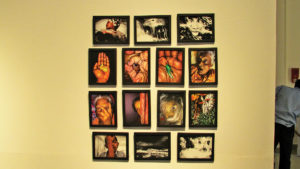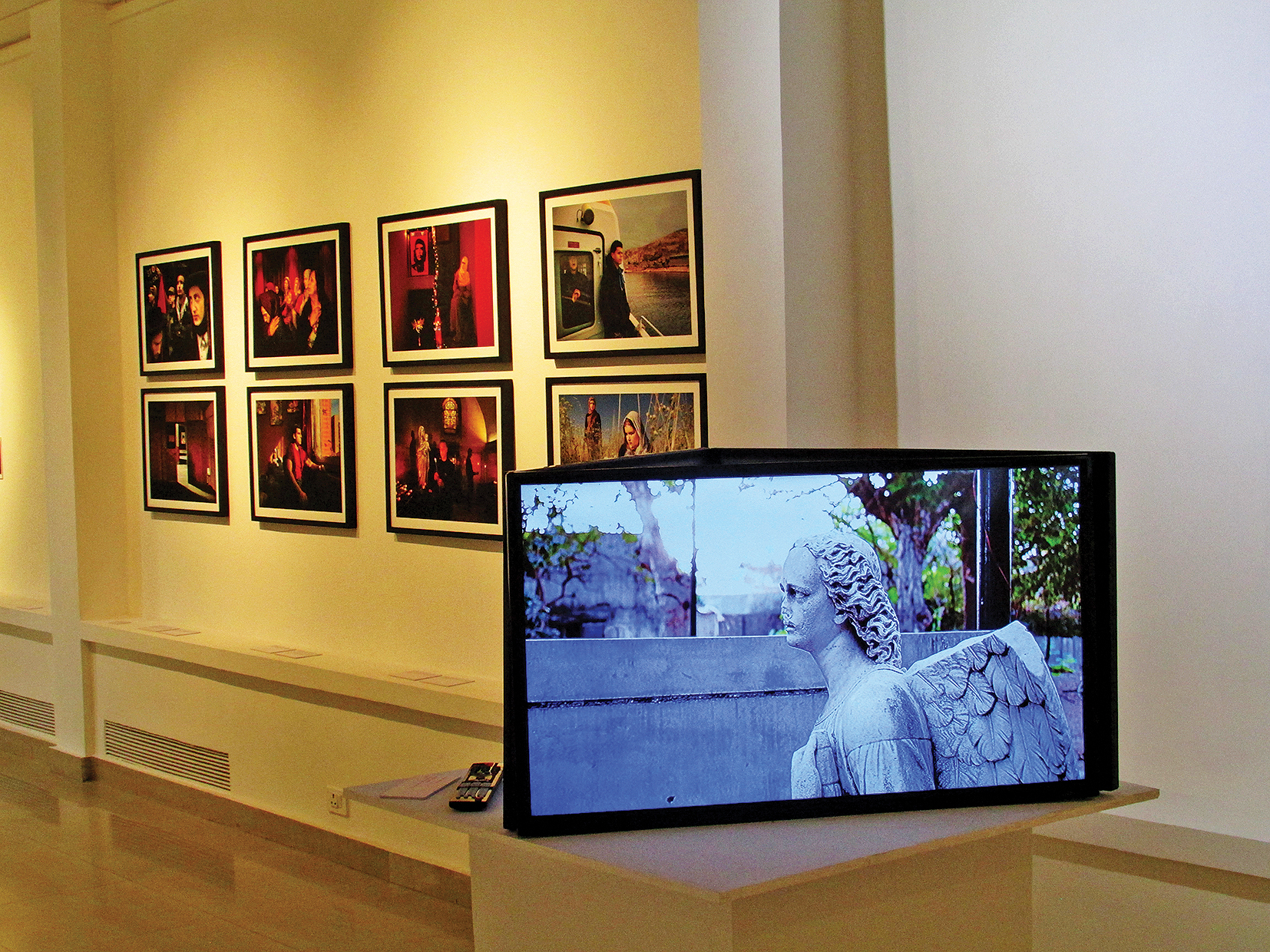Seven young contemporary artists reflect on memories of traumatic events and ponder a series of questions in their ongoing exhibition ‘Phantom Limb’
Violence, illness, death, terror, xenophobia – seven young contemporary artists have explored these notions of trauma and its manifestations through art.
Their works are on display at the ongoing exhibition by Raza Foundation — ‘Phantom Limb’. Quite aptly titled, in the phenomenon of the phantom limb, it is the psyche’s sense of self-preservation that prevails despite the irreversible severance of the diseased part from the body.
Through their works, the artists reflect on individual or collective memories of traumatic events and ponder a series of questions. “How does trauma manifest itself in our psyche? What mechanisms do we adopt to deal with personal trauma and what forms can healing possibly take? How do historical occurrences such as terror attacks conflicts/riots and civil war scar our collective consciousness, leaving mental wounds behind?” reads the note of the exhibition.

While the show addresses trauma and possible modes of catharsis, it also foregrounds the role of the image in transporting its subject back to the traumatic moment.
For instance, Sohrab Hura’s works depicts his personal link with the river. “After a relapse of my mother’s illness in 2005, I set out along the river Ganges and its tributaries in hope to be distracted from the situation at home. Focusing on that flow of water helped me find some calm.”
Looking at a bigger picture, Bharat Choudhary’s work puts a spotlight on the hostility faced by Muslim communities across the world. He has been documenting the lives of immigrant communities especially Muslims in America, England and France and examines the “othering” and discrimination they face.
“Today, Muslims over the world are being viewed as ‘fundamentalists’ and ‘terrorists’. It has further enabled a socio- political and legal environment where Muslims are being racialised, and this racial construction of Muslims and ‘Muslim looking people’ leaves them extremely vulnerable to hate crimes, illegal surveillance, and ‘othering’.”
Trauma also afflict entire communities, who have to cope and survive through civil wars, genocide, natural calamities or authoritarianism. Born in Srinagar, Moonis Ahmad Shah knows all too well what it means to belong to a community that is caught between the terror unleashed by militants and that of the state. His work ‘The birds are coming’, is an installation in the form of light boxes and an interactive web archive that curates the last known photographs of birds which were shot down on borders of various nations.
These birds become metaphoric references to life, death, dreams and memories which are shot down, captured, tortured for obstructing the borders. Their dead bodies and the text secreted by them become spaces of heterotopias.
Along with these, the exhibition also features the deeply personal works of artists Chandan Gomes, Divya Singh, Meher Afroz Vahid and Priyank Gothwal.
The exhibition is on display at Triveni Kala Sangam till December 1





